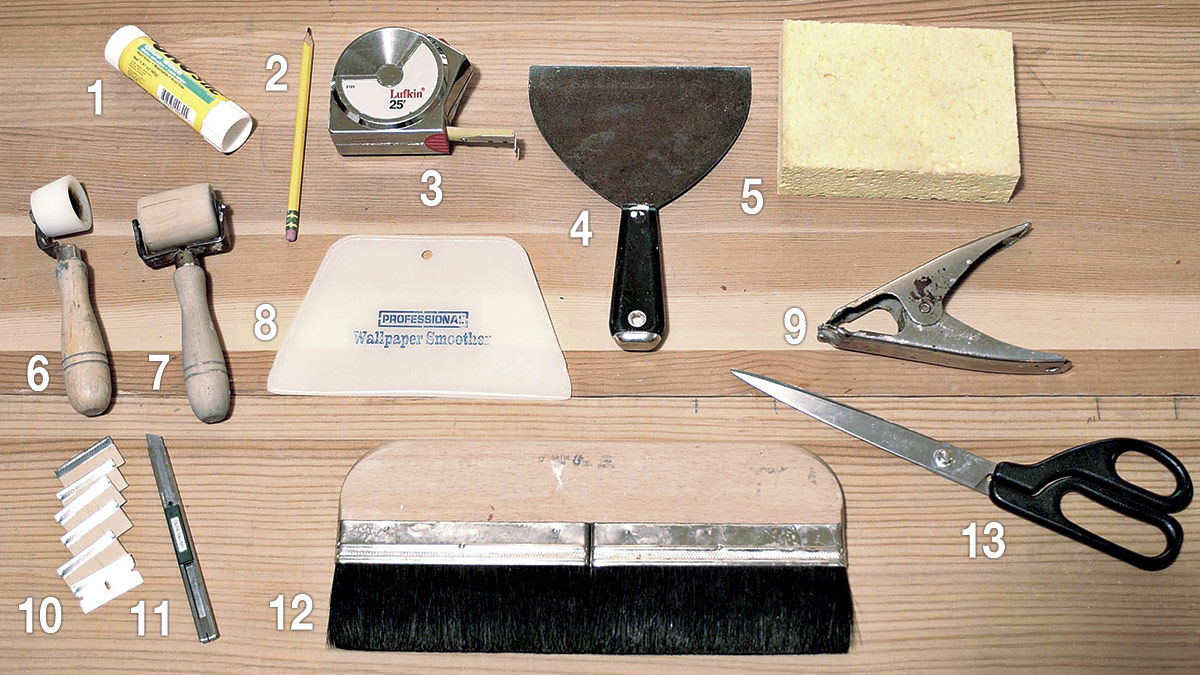
Purchasing wallpaper tools might be a simple procedure if you know what you’re searching for. When buying wallpaper equipment, make sure they are made to meet the demands of your project and will facilitate easier and more efficient work by taking into account the ergonomics and material quality. Additionally, don’t be afraid to seek professional advice or assistance from instructional films or manuals if you have questions about any particular equipment or procedures.
There are a few crucial things to consider when purchasing wallpaper tools to ensure you have all you need for a finished wallpapering job. The things to remember are:
- Brand reputation
When buying wallpaper tools, it can be pretty important to consider the brand’s reputation to guarantee quality, dependability, and customer happiness. Well-known companies with a lengthy history in the field are frequently known for making superior tools. Their products have improved in response to consumer input and market demands.
Look up consumer ratings and reviews for the brand’s merchandise. Sites like forums and online marketplaces can offer insightful information about other users’ experiences with the brand’s products.
Tools with cutting-edge features that improve performance and usability may be available from renowned brands for their inventiveness and willingness to accept new technologies. Seek out manufacturers who incorporate new materials and designs into their products regularly.
- Essential tools
This instrument, often called a wallpaper brush or smoother, ensures that the wallpaper clings to the wall smoothly by eliminating air bubbles.
A sharp utility knife is necessary when clipping extra wallpaper from corners, around fixtures, and along edges.
Using a paste brush or roller is essential if you’re using traditional wallpaper that calls for adhesive paste to be applied uniformly to the wallpaper. Furthermore, exact measurements are necessary to cut wallpaper to the correct size and guarantee a tight fit.
When cleaning up spills or excess glue during the wallpapering process, a sponge or moist cloth comes in helpful. If the wallpaper is pre-pasted, you must activate the glue before hanging it, which can be done with a bucket or water tray.
- Ease of use
Seek for instruments that have comfortable, long-lasting ergonomic grips or handles. That can lessen the pressure and stress on your hands when wallpapering. Choose lightweight equipment, particularly if you plan to reach high locations or work on a huge wallpapering project. Over time, using heavy tools can become tiresome and arduous.
Select instruments that are simple to use and comprehend, even for novices. Steer clear of highly detailed or complex designs with a high learning curve. In particular, if you are new to wallpapering, look for simple tools to handle and operate. Some instruments may be more user-friendly due to their ergonomic features or designs.
- Price
While price is a crucial issue when buying wallpaper tools, it shouldn’t be the only one. Based on the size of your project and your needs, decide how much you can afford for wallpaper tools. Think about how frequently you’ll use the tools and the quality level needed for the project.
Strike a balance between the tools’ cost and quality. Although less expensive instruments could initially save you money, they might not function as well or survive as long as more expensive ones. Consider the tools’ features, construction, longevity and cost.
- Size and weight
Consider the tools’ dimensions and weight, particularly if you plan to work on a big job or for a long time. Overly large or heavy tools can be tiring or challenging to handle.
Choose lightweight, manageable equipment whenever possible, mainly when working on massive walls or ceilings. Using bulky or heavy tools can rapidly become tiresome, which increases the risk of fatigue and potential application errors when applying wallpaper.
When selecting the size and weight of your instruments, consider your physical capabilities and strength. Lighter tools or ergonomic designs can be a better fit for you if you have any physical limitations to avoid strain or injury.
